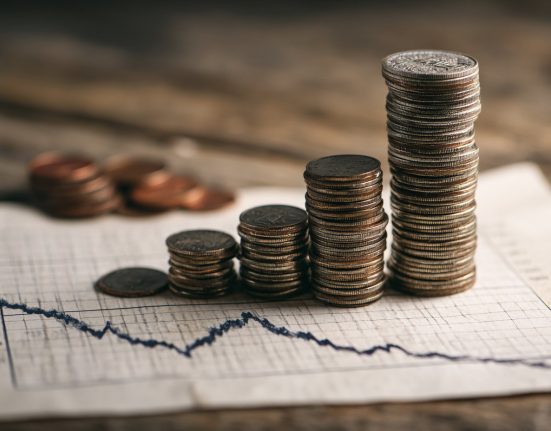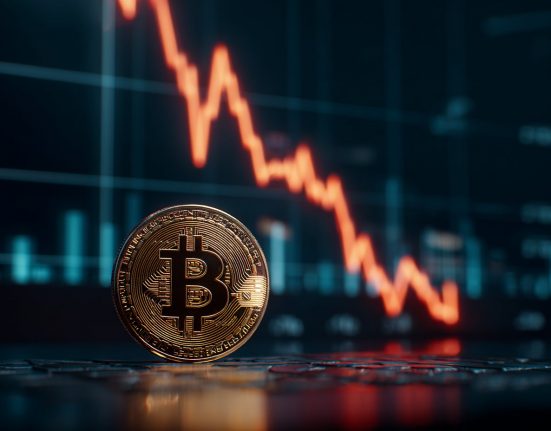Bonds are often considered to be a conservative investment, especially when compared with stocks. However, bonds are not always a “set-it-and-forget-it” type of investment.
In fact, even bonds that are insured or backed by the federal government carry a number of investment risks, and there’s always a chance of losing money. Here are the eight main risks of fixed-income investing.
Building Wealth
Interest-Rate Risk
Probably the biggest risk that bond investors face is interest-rate risk. Specifically, the risk of owning a bond is that market interest rates rise. This drives the price of existing bonds down.
The reason for this is clear. Imagine that you are an investor and you have to choose between a bond paying 7% and one paying 10%. All other things being equal, which one would you pay a higher price for? Obviously, the 10% bond, as it pays more interest. If you are the investor that already owns a 7% bond when market interest rates rise to 10%, you won’t be able to get as much money for your investment if you try to sell it.
Credit Risk
Credit risk refers to the danger that the company issuing a bond will encounter financial difficulty and be unable to make its promised payments. Since it can be difficult for the average investor to truly understand the financials of a company issuing a bond, many are rated by third-party agencies to provide this information.
For example, S&P rates bonds as highly as AAA, indicating the highest possible credit quality, down to D, indicating a company is in default. Although there is no guarantee that a company won’t fail to meet its obligations, it’s a good indication of the credit risk that a bond carries.
Purchasing Power Risk
Inflation is a major risk for all bonds, no matter how high their quality. By definition, a fixed-income investment like a bond pays a set rate of interest that doesn’t change. When it matures, it only pays back its par value, which remains static for the life of the bond. Inflation, on the other hand, is constantly driving up prices.
If you invest $10,000 in a bond and receive that same $10,000 back in, say, 10 years, it’s all but inevitable that prices for everything from food to lodging will have risen since then. In other words, the $10,000 you invested 10 years ago may only buy $9,500 worth of goods by the time the bond matures. Unless the interest you receive makes up for the difference, you may end up with less purchasing power than when you started.
Building Wealth
Call Risk
Some bonds have a feature that allows the issuer to call the bond back by paying a specified sum to investors. The specific call date and payment amount are disclosed at the time of issuance, but typically they involve paying a small premium a few years after a bond is originally issued.
For example, a 10-year bond due to mature at $1,000 per bond may have a call date after 5 years at a price of $1,050. An issuer will only call a bond when it benefits itself, so this is a risk that investors must bear. For example, if a company issues a bond at a 10% interest rate and market rates fall to 5%, it may call in its outstanding bonds and reissue them at the lower rate. This means that an investor will lose his or her 10% bond and have to reinvest the proceeds of the called bonds at 5% instead.
Reinvestment Risk
If a bond matures and market rates have moved lower, investors will have to reinvest those proceeds at the lower rate. This is reinvestment risk. It’s particularly troublesome in an environment in which interest rates have been falling rapidly.
For example, if you’ve owned an 8% bond for 20 years and market rates have fallen to 3% at the time your bond matures, your income will drop substantially when you have to reinvest that money. A $25,000 investment in 8% bonds pays $2,000 per year in income, but if rates have fallen to 3%, that same $25,000 will only generate $750 per year in income.
Black Swan Events
A black swan event is the colorful name attached to unexpected, catastrophic occurrences. For example, the coronavirus pandemic that swept across the globe in early 2020 absolutely tanked the stock market, as it was a completely unpredictable event. While the market rapidly recovered on this occasion, that’s not always the case with black swan events.
Even though the U.S. economy as a whole weathered the pandemic, many individual companies foundered. If you were a bondholder in one of the countless companies that went bankrupt during the pandemic — including household names like J. Crew, GNC, Hertz or Neiman Marcus — you may have lost most if not all of your investment.
Building Wealth
Macroeconomic Risk
Macroeconomic factors can affect the ability of a bond issuer to meet its obligations. Even if a company is “doing everything right” internally, outside forces can have a negative effect.
For example, if you own bonds issued by an airline or a cruise ship, spiking fuel prices can rapidly turn profits into losses. In some cases, this type of economic deterioration can be enough to drive a company bankrupt. However, even in less extreme cases, market fears over declining profits can lead investors to sell a company’s underlying bonds, driving down the price.
Although the business may recover over the long run, in the short-term, some investors may be forced to sell their bonds at lower prices.
Downgrade Risk
The rating that a bond receives is meant to convey its level of credit risk in the opinion of a third-party agency. If one or more of those agencies decide to downgrade a bond, it generally loses value in the market since it is now a riskier investment to hold. In some cases, bonds can come under significant selling pressure during a downgrade, as some institutional investors are prohibited from owning a bond that is lower than “investment grade.”
On the S&P rating scale, investment grade bonds are rated AAA, AA, A or BBB. Ratings lower than that, such as BB, B, and C, are considered “junk” bonds. A bond that drops down a notch in its rating — particularly if it falls into “junk” status — typically sees a price drop.






